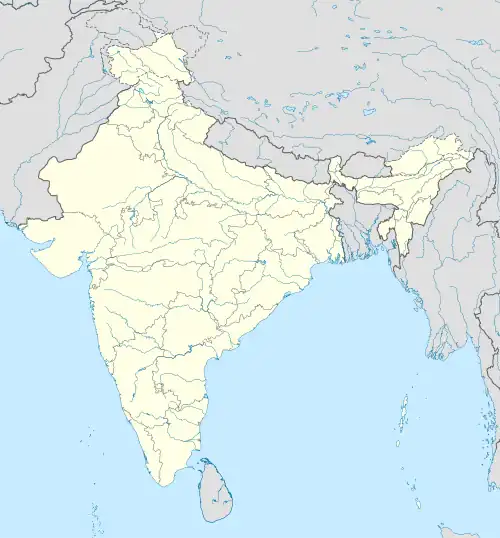𑀬𑀸𑀢𑀺
Ashokan Prakrit
Alternative forms
Attested at Kalsi and Sarnath.
| Dialectal forms of 𑀏𑀢𑀺 (“to go”) | ||
|---|---|---|
| Variety | Location | Forms |
| Central | Kalsi | 𑀬𑀸𑀢𑀺 (yāti) |
| Delhi-Topra | 𑀏𑀢𑀺 (eti) | |
| Rampurva | 𑀏𑀢𑀺 (eti) | |
| Lauriya-Nandangarh | 𑀏𑀢𑀺 (eti) | |
| Lauriya-Araraj | 𑀏𑀢𑀺 (eti) | |
| Sarnath | 𑀬𑀸𑀢𑀺 (yāti) | |
| East | Jaugada | 𑀏𑀢𑀺 (eti) |
| Northwest | Mansehra | 𐨩𐨟𐨁 (yati) |
| Map of dialectal forms of 𑀏𑀢𑀺 (“to go”) | ||
|---|---|---|
Descendants
References
- Turner, Ralph Lilley (1969–1985) “yāˊti”, in A Comparative Dictionary of the Indo-Aryan Languages, London: Oxford University Press
Sanskrit
Alternative forms
Alternative scripts
- যাতি (Assamese script)
- ᬬᬵᬢᬶ (Balinese script)
- যাতি (Bengali script)
- 𑰧𑰯𑰝𑰰 (Bhaiksuki script)
- ယာတိ (Burmese script)
- याति (Devanagari script)
- યાતિ (Gujarati script)
- ਯਾਤਿ (Gurmukhi script)
- 𑌯𑌾𑌤𑌿 (Grantha script)
- ꦪꦴꦠꦶ (Javanese script)
- 𑂨𑂰𑂞𑂱 (Kaithi script)
- ಯಾತಿ (Kannada script)
- យាតិ (Khmer script)
- ຍາຕິ (Lao script)
- യാതി (Malayalam script)
- ᠶᠠ᠊ᠠᢠᡳ (Manchu script)
- 𑘧𑘰𑘝𑘱 (Modi script)
- ᠶ᠋ᠠᢗᢐᠢ (Mongolian script)
- 𑧇𑧑𑦽𑧒 (Nandinagari script)
- 𑐫𑐵𑐟𑐶 (Newa script)
- ଯାତି (Odia script)
- ꢫꢵꢡꢶ (Saurashtra script)
- 𑆪𑆳𑆠𑆴 (Sharada script)
- 𑖧𑖯𑖝𑖰 (Siddham script)
- යාති (Sinhalese script)
- 𑩻𑩛𑩫𑩑 (Soyombo script)
- 𑚣𑚭𑚙𑚮 (Takri script)
- யாதி (Tamil script)
- యాతి (Telugu script)
- ยาติ (Thai script)
- ཡཱ་ཏི (Tibetan script)
- 𑒨𑒰𑒞𑒱 (Tirhuta script)
- 𑨪𑨊𑨙𑨁 (Zanabazar Square script)
This article is issued from Wiktionary. The text is licensed under Creative Commons - Attribution - Sharealike. Additional terms may apply for the media files.
